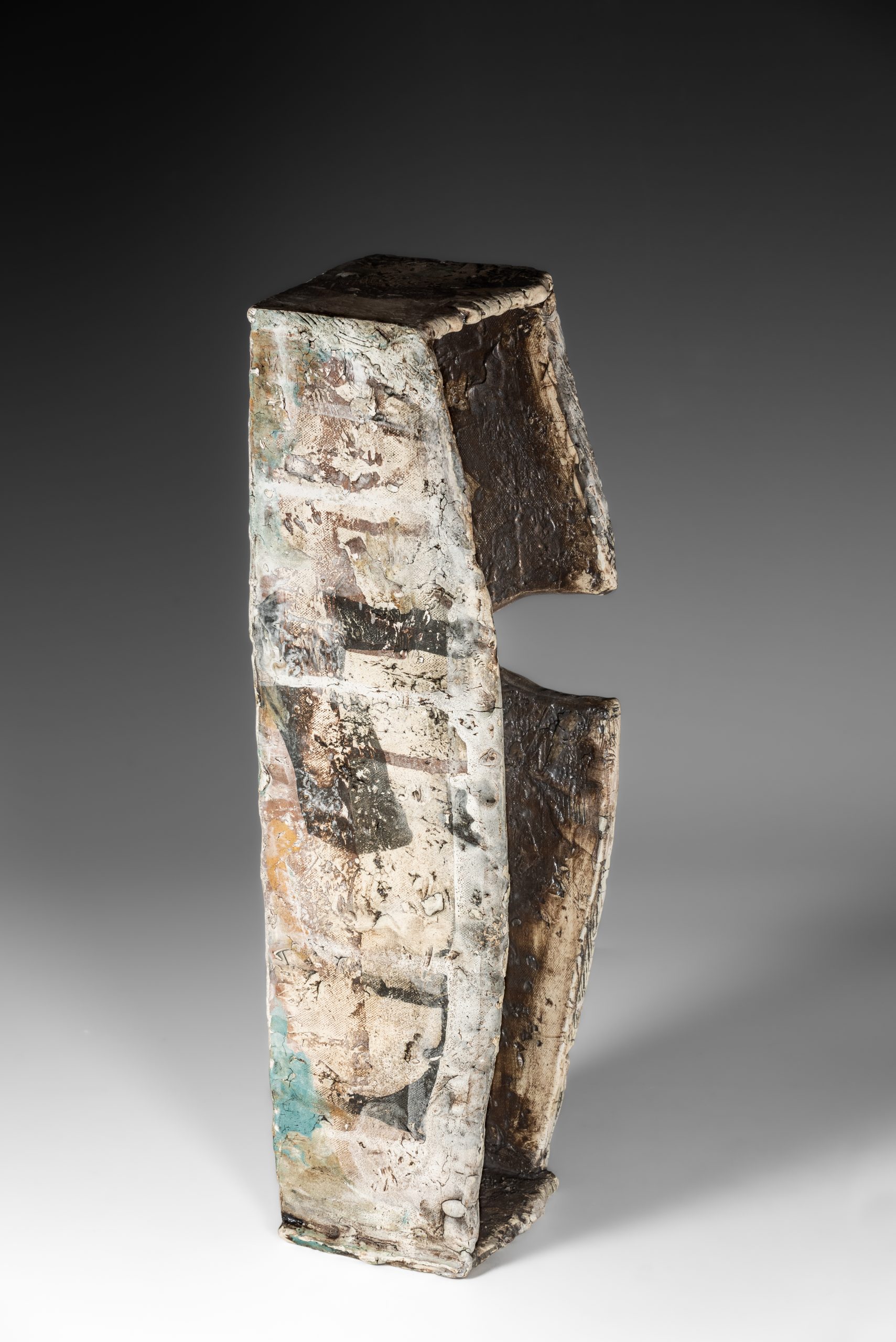I’ve always believed in the freedom to explore, to push boundaries, and to venture into the unknown as an artist, especially in my practice as a ceramicist. However, a recent TED talk by Tess Callahan, shared with me through a YouTube video by my arts mentor Amy Kennedy, titled “Creativity and Constraints”, has made me rethink the role of constraints in creating art.
Embracing Constraints
The idea of constraints being a friend to creativity may seem counterintuitive at first. Constraints often feel like barriers, but Tess’s talk spoke of them as tools pushing us to explore and innovate. Setting certain limitations can uncover new territories within our creative minds.
Unlocking Creativity through Form
Tess shared examples like the poet Mary Oliver and the writer Jennifer Egan to illustrate how sticking to form can open new doors in our minds. It’s not about suppressing creativity, but about finding a new way to unleash it. As a ceramicist, I feel that the structure and form, rather than being restrictive, can indeed guide our hands and minds to unknown places, helping us shape our thoughts in a tangible form.
Exploring Our Human Limits
Tess’s mention of our inherent, human limitations struck a chord with me. We all exist within the confines of our senses and our time, and these are the mediums through which we perceive and mould our world. Our limitations are not blockades but the very canvas on which we paint our narratives.
Merging the Unrelated
The example of the musical “Hamilton” in Tess’s talk was particularly enlightening, highlighting how the fusion of unrelated elements can be revolutionary (history and rap). The deliberate blend of incongruous elements can give birth to the most ground-breaking ideas. The conscious decision to limit materials, as often is the case in ceramics, isn’t stifling; it’s a steppingstone to innovation.
The Role of Time
Time, Tess noted, is an unseen force in our creative journey, a constant whisper in our ear, reminding us of the fleeting nature of our ideas. It drives us to capture the essence of our creation before it vanishes into the ether. In ceramics, where time can affect the form and texture, I beleive it’s vital to embrace its constraints and make them part of the dialogue with our creations.
Reflecting on Constraints
On reflection, it seems constraints and creativity are more of a duet than a duel. They don’t hinder; they enrich, adding layers to our creative stories. It’s crucial, I realise, to not see constraints as enemies but as quiet contributors to our art.

Recent Comments